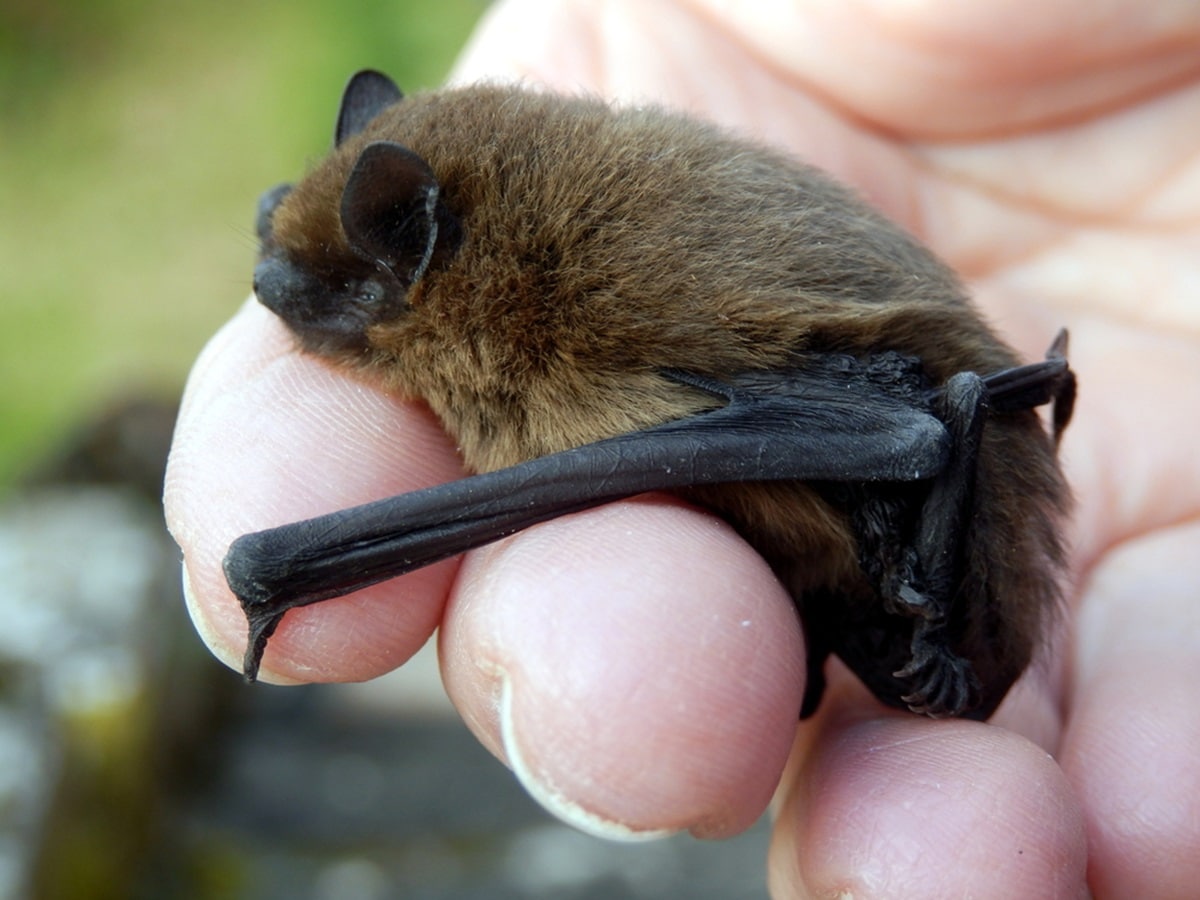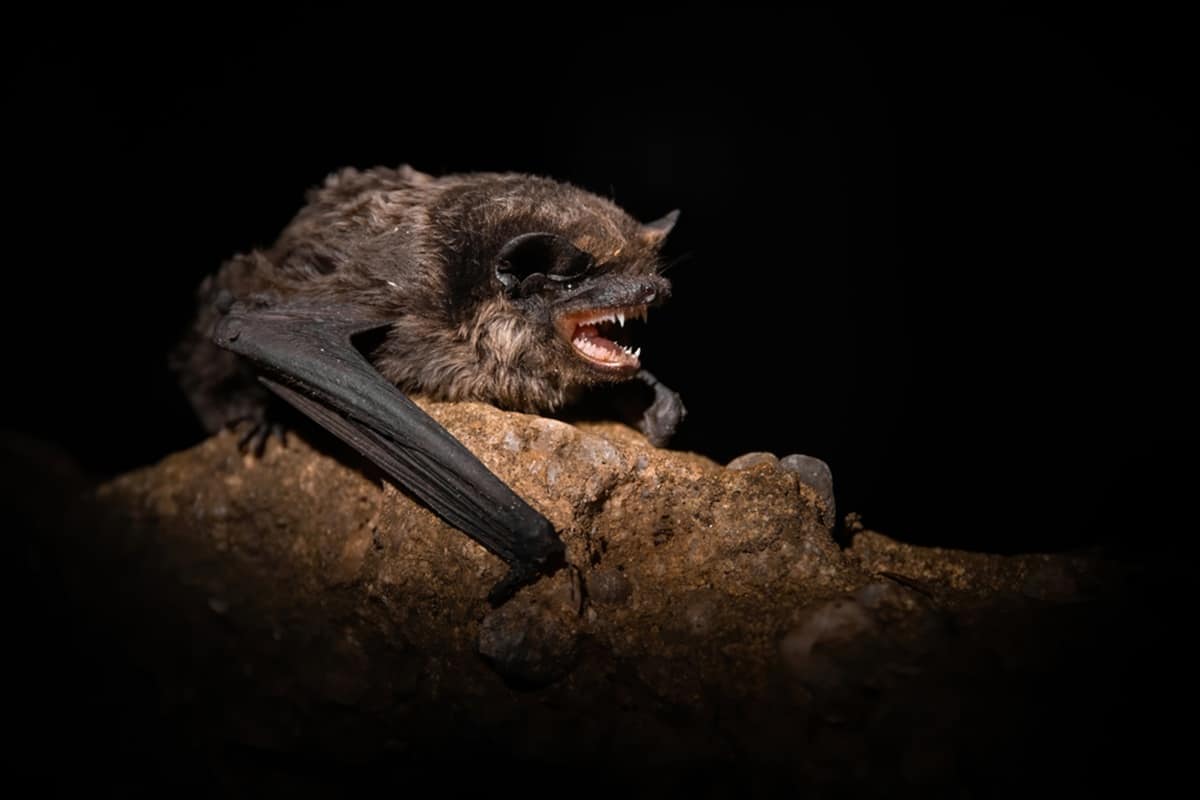Hampshire’s South Coast City Supports a Wide Range of Bats
Southampton, a city with an impressive maritime heritage and expanding urban development, is framed by rivers, parks, and ancient woodlands that foster healthy bat populations. With historic shipyards, Victorian terraces, and suburban green corridors like Southampton Common and Riverside Park, bats are a common resident of this south coast cityscape. Accordingly, a bat survey in Southampton is frequently required during planning and development to assess and mitigate potential impacts on these protected species and their habitats.
Bats may roost in a wide variety of structures and natural features, including roof voids, attics, old barns, culverts, bridges, tree cavities, and behind tiles or loose cladding. Such sites provide essential warmth and shelter. In Southampton, with its blend of older buildings, riverside routes and mature trees, common bat pathways often follow the Itchen and Test rivers, woodland edges at Coxford and Freemantle, and gardens in suburbs like Portswood and Bassett. Even modest works, such as replacing roofing or removing mature trees, can pose risks, making a bat survey in Southampton an important early step for many development proposals.
Strict Legal Protections for Bats in England
All bat species in the UK enjoy full protection under the Wildlife and Countryside Act 1981 and the Conservation of Habitats and Species Regulations 2017. These laws make it an offence to intentionally or recklessly disturb bats, injure, kill or capture bats, or to damage or destroy their roosts, even when bats are not present. In Southampton, local planning authorities including Southampton City Council, regularly require evidence of bat surveys when developments could affect buildings or areas known to provide suitable bat habitat.
Where a development may impact bats or their roosts, a European Protected Species Licence (EPSL) issued by Natural England is legally required. The licence process demands comprehensive ecological surveys and a clear mitigation strategy to minimise effects on protected species. Engaging ecological experts early in the planning process can help avoid delays and ensure legal compliance.

Bat Conservation in Southampton and Hampshire
Southampton’s bat conservation efforts are supported by national and regional organisations. The Bat Conservation Trust provides good practice guidelines and education nationwide, while local groups such as the Hampshire Bat Group monitor populations, conduct surveys, and advise on conservation measures. These efforts help maintain bat habitats around the city’s watercourses, parks, and woodlands.
Several bat species are regularly recorded in and around Southampton, including common and soprano pipistrelles, Daubenton’s bat, noctule, and brown long-eared bat. Some species favour woodland and hedgerows, while others roost in buildings. The mosaic of urban and semi-natural habitats in Southampton means bat activity is widespread, and consequently, bat survey requirements are common in areas like the city centre, waterfront, and residential suburbs.

When are Bat Surveys needed?
A bat survey in Southampton is generally triggered when a proposed development involves a structure or tree that has features likely to support roosting bats or is located near known bat routes. These features may be identified during a Preliminary Ecological Appraisal or flagged by planning officers reviewing development proposals. The Preliminary Ecological Appraisal involves desk studies and a site visit, which might also reveal the need for other protected species surveys such as surveys for great crested newts, nesting birds or reptiles. In some cases, the local authority may require bat hibernation surveys.
Preliminary Roost Assessments
The first step in the bat survey process is usually a Preliminary Roost Assessment, where a licensed ecologist makes an internal and external inspection, searching for signs of bat presence such as bat droppings, staining, feeding remains, or suitable habitat in close proximity to the development site. If Preliminary Roost Assessments indicate potential occurrence or evidence of bats, further survey work is required: if bats are present, a Bat Emergence and Re Entry Survey will be needed.
Bat Emergence and Re Entry Surveys
Bat Emergence and Re-Entry Surveys, also called dawn re entry surveys and dusk emergence surveys, are seasonally constrained and must take place in the bats active season between the summer months of May and September. Bat surveyors visit the site at dusk or dawn to monitor potential entry and exit points for bats on buildings as they leave and return to roosts.
These bat activity surveys involve ecologists using specialist equipment such as bat detectors, thermal imaging cameras, and night-vision tools to record activity levels and population numbers. The bat detectors enable interpretation of bat echolocation calls to help in species identification. These surveys are critical for understanding bat use and informing mitigation strategies.
Producing a Bat Survey Report for Planning Compliance
Upon completion of the necessary bat surveys, a detailed report is prepared. This document outlines methodology and findings, includes maps and photographs, and offers clear recommendations. Where bats are absent and the habitat is considered low risk, the report will support planning approval, enabling the local authority to grant planning permission. If bats are present or roost potential is high, the report will present mitigation measures and indicate whether a licence is needed. These findings form a vital component of planning submissions to demonstrate compliance with wildlife legislation.
Mitigation Strategies and Licensing Support
If bat roosts will be disturbed or removed, mitigation may include timing works to avoid sensitive seasons, installing bat boxes, retaining key roost features, or integrating bat-friendly design into new structures. If a scheme will result in habitat loss, a replacement habitat scheme may be needed. Where impact cannot be avoided, our consultant team can manage the full Natural England bat licence application on your behalf, preparing necessary documentation such as method statements and habitat enhancement proposals, while liaising with Natural England and local planners to ensure measures will lead to a successful application for planning consent.
Expert Bat Survey Services in Southampton
Our ecology consultancy delivers bat survey services in Southampton and across Hampshire. We work with developers, architects, planners, and homeowners to address a range of ecological survey requirements effectively. Our range of ecological survey work includes preliminary ecological appraisals, preliminary roost assessments, bat emergence and re entry surveys, habitat surveys, protected species surveys including surveys for great crested newts, reptiles and barn owls, ecology surveys and tree surveys, Our licenced ecologists are experienced across diverse projects, from home extensions and listed building refurbishments to riverside redevelopment and greenfield works, and understand local planning authority requirements.
By supporting you early and providing timely, professional ecological surveys, we help ensure that planning applications stay on track while safeguarding local bat populations and complying with environmental regulations.
Request a Free Quote for Your Bat Survey in Southampton
If your development may require a bat survey in Southampton, contact our team today for a free quote. Use the telephone number above or email us. Simply send us your site details and proposed works, and we’ll advise on the next steps to take to support your planning application. If surveys are required, we will schedule a suitable visit time and guide you through the entire bat survey process with clear advice and efficient service to help you secure planning permission.
